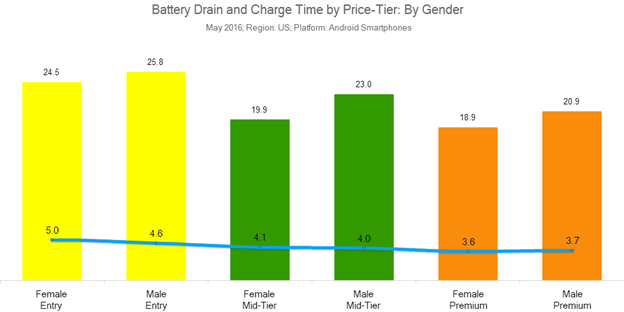WOTW looks at a complaint lodged this week indicating the T-Mobile EIP program is playing loose and free with understandable business models
Hello! And welcome to our Friday column, Worst of the Week. There’s a lot of nutty stuff that goes on in this industry, so this column is a chance for us at RCRWireless.com to rant and rave about whatever rubs us the wrong way. We hope you enjoy it!
I try not to get in the middle of legal tussles involving wireless carriers and their investors for the simple fact that I view investing in general as being akin to gambling. And not that I haven’t had the desire, but I figure when I walk away from the craps table with none of the money I showed up there with, it was my fault for ponying up to begin with.
But, this week I received a note from an “investor group” upset by what it claims have been underhanded accounting practices conducted by T-Mobile US connected with its device leasing and financing plans. These would be the offers that allow customers to make monthly payments on their devices either toward paying off the full price of a device over a 24-month period, which are grouped under equipment installment plans, or make lower monthly payments over an 18-month period as part of a lease with the carrier then hoping the customer trades in that device on a new model and continues as a customer.
In the case of T-Mobile US, these offers are confusingly called JUMP for the EIP and JUMP on Demand for the leasing option. The investor group claims are basically that T-Mobile US has not correctly accounted for the drop in value of used handsets and thus has fraudulently inflated its financials to the benefit of its stock price and bonuses awarded to executives.
The accusations are somewhat similar to ones hoisted on Sprint earlier this year by a financial analyst who questioned the carrier’s accounting practices tied to its device leasing program. Though for Sprint the claims might have a bit more resonance as the carrier is banking – literally – on the value of those used devices to finance operations.
Is any of this true? As I mentioned earlier, I really don’t care as long as I get at least a free drink or two.
It should also be noted that the claim against T-Mobile US sites increased customer complaints tied to device payment plans, which echo a report last year from J.D. Power that also found that customers selecting device payment options were less than thrilled with how they were treated. Not sure how exactly this accusation against T-Mobile US fits in with the overall complaint, but there it is.
I will admit that when T-Mobile US sort of kicked off this whole device payment party I found it to be very cool in that a major carrier was actually going against decades of device subsidies being tied to two-year service contracts. Sure, all that was really happening was consumers were just moving service payments tied to service contracts to device payments tied to device payment contracts, but at least it was something different.
However, it seems no one involved in any of this has quite figured out how it’s all supposed to work. Carriers seem to go back and forth in emphasizing different payment options so as to not rely too heavily on any specific option; investors can’t figure out how to account for what the carriers are doing; and consumers are both confused and getting the short end of the customer service stick.
In fact, while just going over what T-Mobile US was being accused of, I needed to spend quite some time going over the various intricacies of the JUMP and JUMP on Demand terms and conditions just to make sure I was clear on what they involved. I am going to imagine 99.9% of consumers signing up for one of these programs will not break out their magnifying glasses to read all the fine print, and thus confusion will continue to reign.
I know someone, somewhere is making money off of these device payment options, just as I know all of my money that disappears from the craps table goes into someone’s pocket. Maybe that someone needs to finally come forward and explain just how these plans work so everyone can at least pretend they know there’s a sound business model behind all of this.
Thanks for checking out this week’s column. Here’s a quick extra to get you through the weekend:
– I tend to step lightly when it comes to how different sexes deal with electronic devices. I may have a certain perception as to how much better one sex is able to understand the intricacies of electronic devices and thus should be able to better interact with those devices, but I have also had holes shot in this theory both figuratively and literally, if by literally I can state those shots have come mostly from a powerful glare.
Thus, it’s with exceptional care that I comment on a recent report from Strategy Analytics that suggests “females experience higher battery drain than males” when using smartphones. The report found battery life for smartphones across three price tiers was between 1.5 and three hours lower for females than for males.

Now, I want to give this report full credit for tackling the significant issue of smartphone battery life, which as we all know remains ridiculous. But, I also want to give it even more credit for marking a distinction between how men and women interact with devices. Plus, it’s always good to have a survey to lean against when battling a power glare.
I welcome your comments. Please send me an e-mail at dmeyer@rcrwireless.com.
Bored? Why not follow me on Twitter

